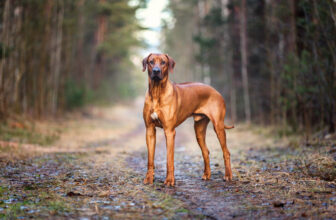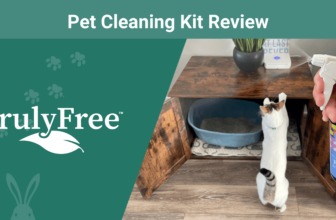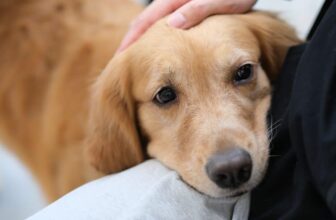
[ad_1]
Dogs are known for drooling from time to time, particularly if you have a breed such as a Basset Hound, Newfoundland, British Bulldog, or one of the breeds from the Mastiff family. These types of breeds drool more than others due to the shape of their lips and muzzle and having extra skin folds which hold the saliva and bits of water after drinking.
In any case, if the drooly slime is clear, only lasts for a short period of time, and is not accompanied by any signs of illness, pain, discomfort, odd behaviors, or amounts outside their normal range, then this is completely normal and to be expected. But is excessive drooling in dogs an emergency?
Potentially, yes, it is. It can be a sign of an underlying condition. Excessive drooling in dogs is not normal, and if they are also showing other signs and problems alongside the excessive drooling, a call to your veterinarian straight away is advised.

What Is Drool?
Drool is an excessive flow of saliva that begins to pool in your dog’s mouth, and it can sit in the folds and begin to ooze out and drip down. Often, any extra drool is then usually flung out from the mouth and lips as the dog shakes their head.
Drool is saliva, a viscous liquid primarily consisting of water (98%) while also containing enzymes, electrolytes, and antibacterial properties. It is produced in glands in the jaw and neck and secreted into the mouth via special ducts.
Saliva is an important feature of the mouth with numerous functions. It helps to keep the mouth and throat lubricated, assists with chewing, allows the swallowing of food to be smooth and comfortable, aids digestion, and maintains the healthiness and cleanliness of the teeth and gums whilst preventing cavities.
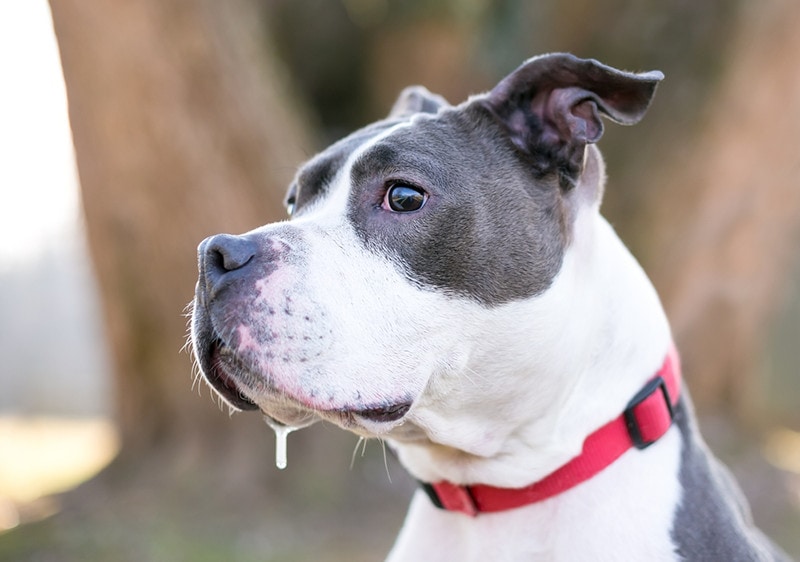
Is It Normal for Dogs to Drool?
Even in those breeds known for more drooling than others, a normal amount of drool for your dog is par for the course of dog ownership, and no intervention is usually required. It is especially helpful for those owners with breeds known to drool and slobber to know what a normal amount for your dog is and what isn’t, thus enabling you to gauge when a line has been crossed into excessive and abnormal drooling.
Drool or saliva in any dog is also produced in anticipation of something exciting or wanted—usually food! Equally, drool can be increased following an unpleasant taste; for example, when medication is administered. In these cases, it will stop after a short period of time and is a normal response of the body.
Why Is My Dog Drooling Excessively All of a Sudden?
Excessive drooling is known as hypersalivation, and there are multiple reasons and causes as to why this is occurring, especially if there are other signs. All require a check-in with your veterinarian immediately, as it may be due to one of the many common causes or a life-threatening condition.
Causes of Excessive Drooling:

Other Signs of Concern With Excessive Drooling
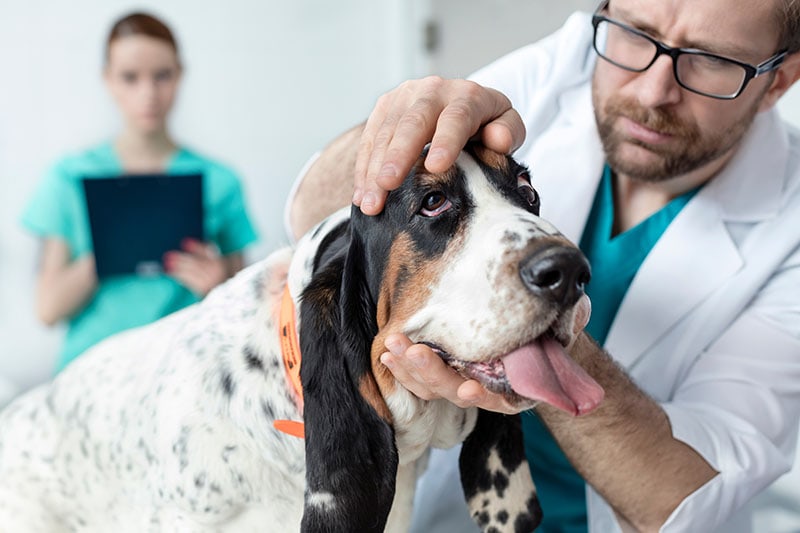

Why Is My Dog Drooling and Acting Strange?
Any number of the examples stated above could be the core reason. Regardless, a trip to your veterinarian is necessary so they can determine the problem and begin a treatment plan. Which tests will be required will vary depending on the signs and your individual dog.
Treatment for Dog Drooling
Your vet will give your dog a full physical examination, and if nothing obvious is found, particularly in the mouth and throat areas, then further tests will be initiated. These can include blood work, radiographs, ultrasound, MRI, or other diagnostic tests. If the cause is behavioral, fear, or phobia based, a referral to a behavioral specialist or stress-relieving tactics may be advised. Only when the cause is found and identified can correct and proper treatment begin.
In terms of helping with daily drool, little or nothing can be done to stop it. Drool is a normal response of the body. A handkerchief, bandana, or cloth can be tied around your dog’s neck loosely to catch the excess. It is important to try and keep the area dry and clean to prevent secondary infections and skin conditions. Having a cloth to hand wipe the excess away is helpful, as is drying and patting the mouth, throat, and neck areas with a cloth or towel after drinking.
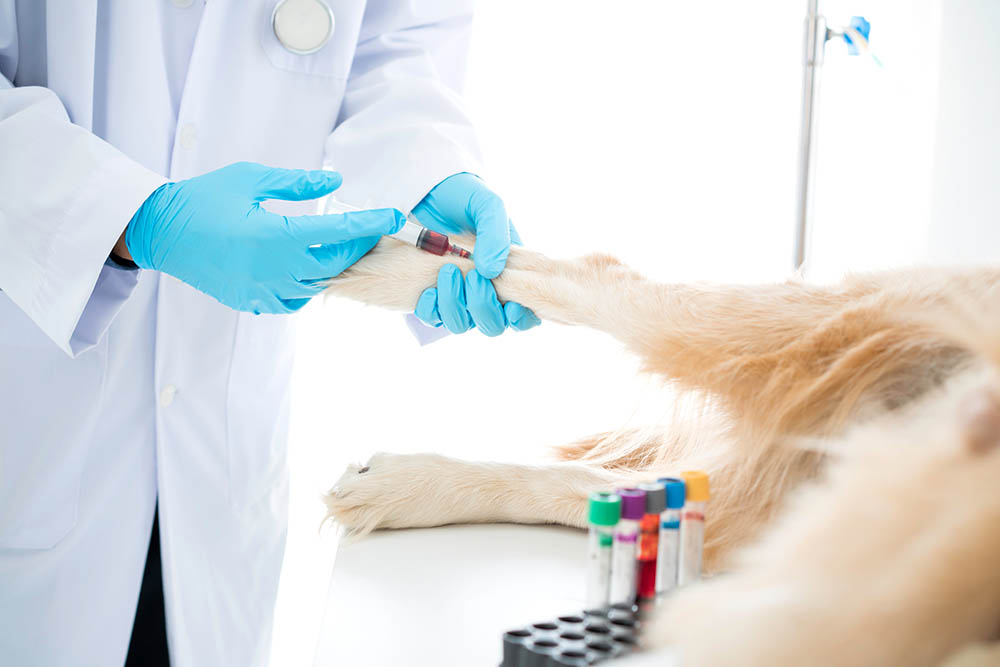

Conclusion
Some drool is to be expected when you own a dog and will be more evident in certain breeds. Excessive drooling, however, is a problem requiring attention. You, as their pet parent, are by far the best judge of your dog and will come to learn the normal amount for them. If the amount increases, they are acting strange, or seem out of sorts, and particularly if other signs are mentioned earlier, contact your veterinarian for advice and an emergency appointment.
Featured Image Credit: GoDog Photo, Shutterstock




